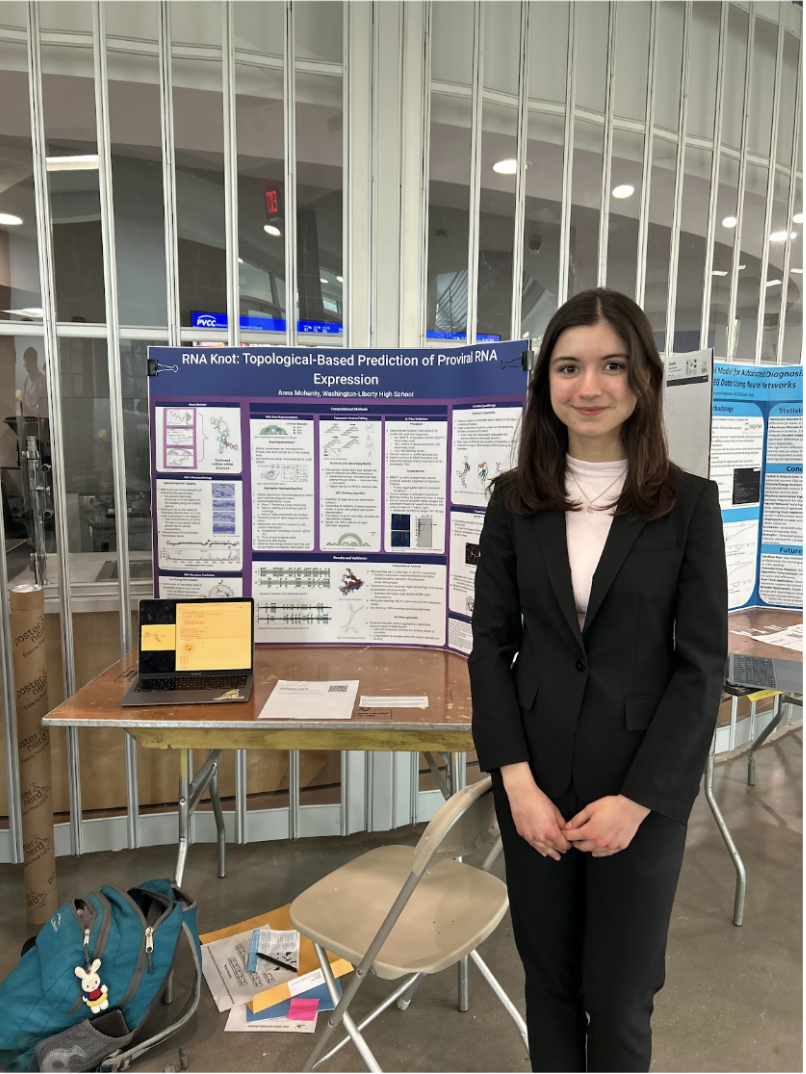What makes a book worth reading? Is it the author, the characters, the themes? This question is prevalent in high school English classrooms every day as teachers work to curate a reading list and curriculum to challenge and connect with students.
The English curriculum is often a mix of required full-length works and shorter texts, like essays, excerpts, and short stories from textbooks, like those Houghton Mifflin publishes Harcourt (HMH).
“Every quarter, there is a required text,” ninth-grade English teacher Patrice Splan said. “Anything else you want to include, you can. But the other problem is that the units and curriculum are really big and, and so I don’t have time to pull in a whole other book.”
This time crunch can limit the inclusion of other full-length texts, even when students enjoy them.
While the texts in the ninth-grade curriculum are primarily pre-21st century, they also incorporate diverse authors, often shorter and optional works, that resonate with students, like “Born a Crime” by Trevor Noah and “The House on Mango Street” by Sandra Cisnero.
“Students always love Born a Crime. I wish there was more of an emphasis on it [in the curriculum],” Splan said. “With texts like ‘Born a Crime’ and ‘The House on Mango Street,’ so many students talked about how they saw themselves in those characters, authors, and
stories.”
There is much more flexibility in the International Baccalaureate (IB) program. While there are
teachers must choose 13 texts to teach over the two-year IB course without specific required books.
The IB framework mandates that the texts cover three centuries, and at least four works must be
translated from another language, and must cover four genres: poetry, drama, fiction and nonfiction.
“At WL, what we’ve tried to do is structure the texts around the literary movements,” IB English
teacher Philip Krauth said. “If you’re taking a course in literature, you really should know the
literary movement. Looking at American literature, you have colonialism, and then after that
would be romanticism, realism, modernism, postmodernism. So we’ve tried to fit in texts that
capture those.”
There are also no specific required authors that must be studied.
“There are no specific texts or authors, but there is a specific list of authors, and whatever text
you choose [to teach] has to be from one of those authors,” Krauth said. “It’s a pretty vast list, probably thousands of authors from around the world.”
One of the biggest challenges in teaching English literature is helping students connect to works that feel distant in time, language, and culture. One example is “Romeo and Juliet,” which is often met with resistance, but students are encouraged to see its relevance.
“They’re young people, and they all have been 13 like Juliet,” Splan said. “They’ve had to deal with relationships, family, and friends.”
In the IB department, the philosophical nature of texts like “Walden” by Henry David Thoreau can be complex for students to understand.
“A lot of students gripe about it because it’s a nonfiction text,” he said. “It’s essay-driven and philosophical. They have a problem understanding the context in which it was written.”
According to Krauth, other works like Albert Camus’s “The Stranger” and Zora Neale Hurston’s “Their Eyes Were Watching God” tend to be more enjoyable.
Both teachers emphasized the importance of addressing outdated or problematic ideas in classic literature.
“When looking at outdated texts, I honestly think it’s a great thing to have in the classroom,” Splan said. “It’s important to be able to talk about topics like gender norms and stereotypes, [and] content in general where you can say ‘That’s inappropriate, that’s unacceptable.’
I think that they are good things to bring into the classroom to talk about, as long as it’s done in a respectful and responsible manner.”
It is also a challenge to meet the needs of a diverse group of students.
“I’m teaching classes that have students learning English or [who] have different disabilities that make reading inaccessible or [students that] just haven’t been reading a lot,” Splan said. “I have students who have a ton of experience with reading and are exceptionally strong readers. It’s difficult not having the freedom that I’m used to in deciding how to teach it to them to make it
work for each individual class and student.”
Striking a balance between classic and contemporary literature is essential to making the curriculum both rigorous and relevant.
“We have somewhat of a balance,” Krauth said. “But when you’re dealing with classic literature, it’s been vetted. It’s gone through this system; it’s stood the test of time. ‘The Namesake’ is one contemporary piece we read this year. Students also read ‘The Visit,’ which is a somewhat contemporary play.
Modern works are essential in helping students connect to the world around them.
“I think it’s important to always have contemporary pieces in your curriculum because you want students to be able to see where things are at now,” he said.
Ultimately, the goal of every English teacher is to help students connect with the literature they read and find meaning in the themes, characters and ideas. Whether it is classic works, like “Romeo and Juliet,” or modern stories, like “The Namesake,” literature gives students a way to understand the world and themselves. However, it is not always easy.
“It’s my job to help [students] understand the text and then help them see ways that they can relate to the text,” Splan said. “But there are certainly texts where that’s easier to do and texts where it’s a lot harder to do.”













